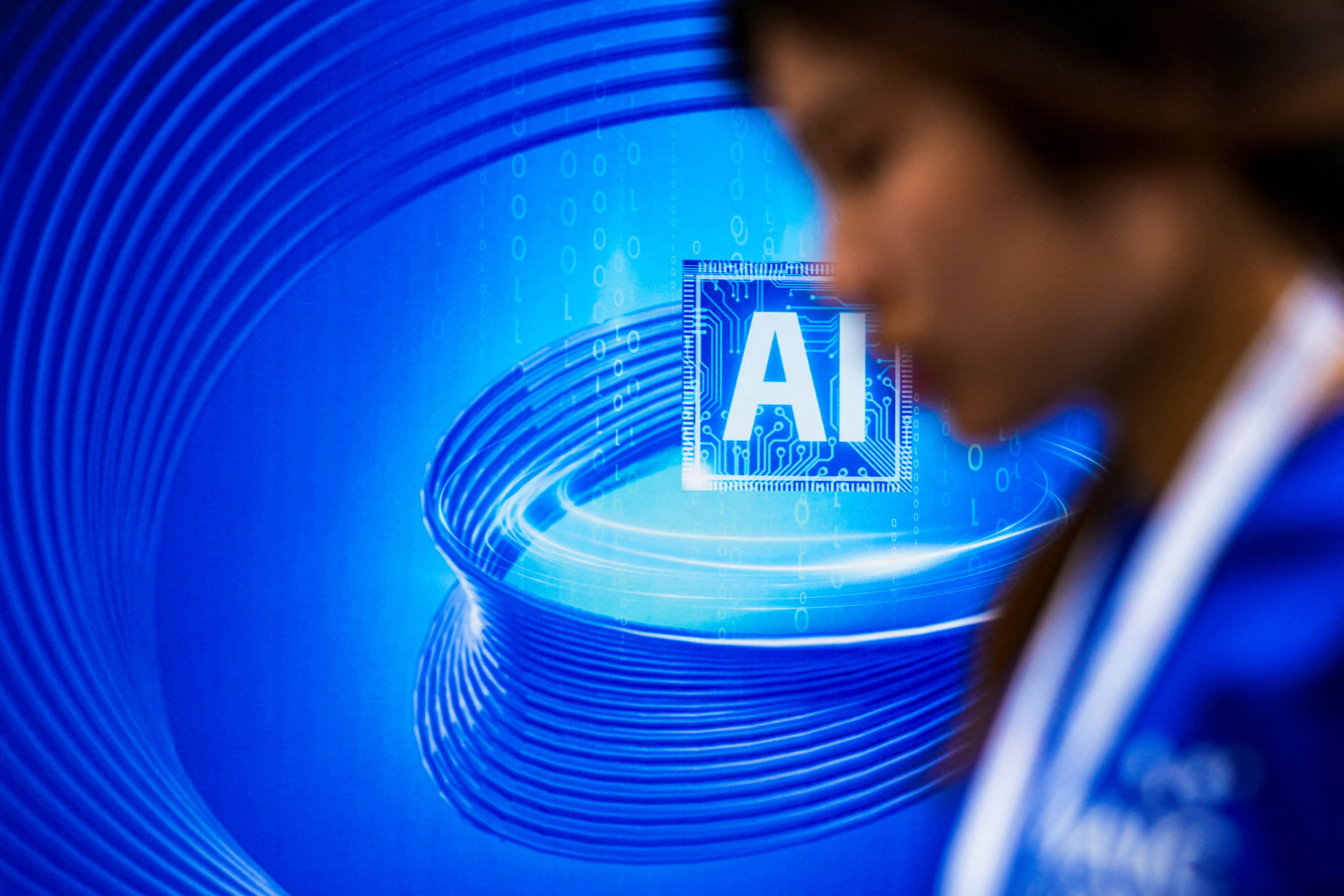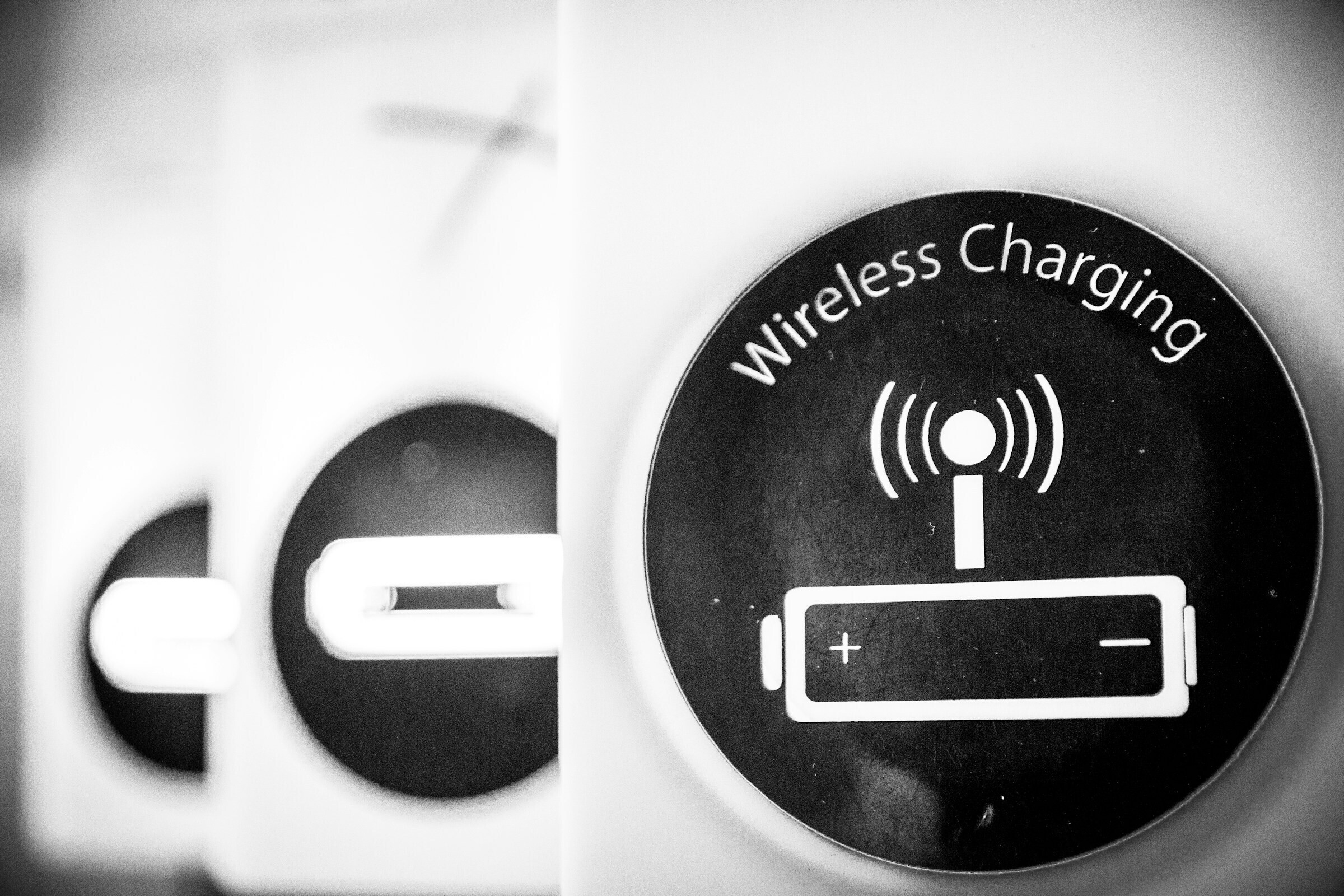Meet Dormio, the experimental device that lets you control your dreams

Controlling our dreams could help us become more creative. Image: Oscar Rosello
- Researchers have developed a new method of altering dreams called 'Targeted Dream Incubation', which uses the 'Dormio' device.
- It works by repeating targeted information as you're drifting off to sleep, and therefore guiding dreams toward particular themes.
- The device can help us understand how dreams impact emotion, creativity, memory, and beyond.
The study of dreams has entered the modern era in exciting ways, and researchers from MIT and other institutions have created a community dedicated to advancing the field, lending it legitimacy and expanding further research opportunities.
In a new paper, researchers from the Media Lab’s Fluid Interfaces group introduce a novel method called “Targeted Dream Incubation” (TDI). This protocol, implemented through an app in conjunction with a wearable sleep-tracking sensor device, not only helps record dream reports, but also guides dreams toward particular themes by repeating targeted information at sleep onset, thereby enabling incorporation of this information into dream content. The TDI method and accompanying technology serve as tools for controlled experimentation in dream study, widening avenues for research into how dreams impact emotion, creativity, memory, and beyond.
The paper, “Dormio: A Targeted Dream Incubation Device,” is co-authored by lead researcher Adam Haar Horowitz and professor of media arts and sciences Pattie Maes, who is also head of the Fluid Interfaces group. Additional authors on the paper are Tony J. Cunningham, postdoc at Beth Israel Deaconess Medical Center and Harvard Medical School, and Robert Stickgold, director of the Center for Sleep and Cognition at Beth Israel Deaconess Medical Center and professor of psychiatry at Harvard Medical School.
Previous neuroscience studies from researchers such as sleep and cognitive sciences expert Stickgold show that hypnagogia (the earliest sleep stage) is similar to the REM stage in terms of brainwaves and experience; however, unlike REM, individuals can still hear audio during hypnagogia while they dream.
“This state of mind is trippy, loose, flexible, and divergent,” explains Haar Horowitz. “It’s like turning the notch up high on mind-wandering and making it immersive — being pushed and pulled with new sensations like your body floating and falling, with your thoughts quickly snapping in and out of control.”
To facilitate the TDI protocol, an interdisciplinary team at the Media Lab designed and developed Dormio, a sleep-tracking device that can alter dreams by tracking hypnagogia and then delivering audio cues based on incoming physiological data, at precise times in the sleep cycle, to make dream direction possible. Upon awakening, a person’s guided dream content can be used to complete tasks such as creative story writing, and compared experimentally to waking thought content.
“Dormio takes dream research to a new level, interacting directly with an individual’s dreaming brain and manipulating the actual content of their dreams,” says Stickgold. “The potential value of Dormio for enhancing learning and creativity are literally mind-blowing.”
The Media Lab team’s first pilot study using Dormio demonstrated dream incubation and creativity augmentation in six people, and was presented alt.CHI in 2018. Multiple scientists began reaching out to the team expressing interest in replicating the dream-control research. These requests led to the first Dream Engineering workshop, which was held at the Media Lab in January 2019, organized by Maes, Haar Horowitz, and Judith Amores from the Fluid Interfaces group, and Michelle Carr, visiting researcher from the University of Rochester Sleep and Neurophysiology Laboratory. The workshop brought together many of the world’s leading dream researchers, including pioneers such as Deirdre Barrett, Bjorn Rasch, Ken Paller, and Stephen LaBerge, to brainstorm new technologies for studying, recording, and influencing dreams.
The talks and technologies presented at the workshop further led to a Special Issue on Dream Engineering for the journal Consciousness and Cognition, with Maes, Haar Horowitz, Amores, and Carr serving as guest editors.
“Most sleep and dream studies have so far been limited to university sleep labs and have been very expensive, as well as cumbersome, for both researchers and participants,” says Maes. “Our research group is excited to be pioneering new, compact, and cheap technologies for studying sleep and interfacing with dreams, thereby opening up opportunities for more studies to happen and for these experiments to take place in natural settings. Apart from benefiting scientists, this work has the potential to lead to new commercial technologies that go beyond sleep tracking to issue interventions that affect sleep onset, sleep quality, sleep-based memory consolidation, and learning.”
The research itself is central to Haar Horowitz’s thesis work in the Program of Media Arts and Sciences. This past year, he ran a larger dream study with 50 subjects, which replicated and extended the results of the previous study.
“We showed that dream incubation is tied to performance benefits on three tests of creativity, by both objective and subjective metrics,” Haar Horowitz states. “Dreaming about a specific theme seems to offer benefits post-sleep, such as on creativity tasks related to this theme. This is unsurprising in light of historical figures like Mary Shelley or Salvador Dalí, who were inspired creatively by their dreams. The difference here is that we induce these creatively beneficial dreams on purpose, in a targeted manner.”
An enhanced Dormio device has now also been built, as well as an analysis platform, streaming platform, an iOS app for audio capture and streaming, and a web app for audio capture, storage, and streaming. These mobile and online platforms allow the TDI method to be shared through a variety of open source technologies.
A number of other universities have likewise begun related Dormio studies; these include Duke University, Boston College, Harvard University, the University of Rochester, and the University of Chicago.
The Media Lab research team is also leading collaborations with artists, using dreams to create new artwork and augment artistic creativity. This work, which mixes sleep science and media art, has been shown at the Beijing Biennale and Ars Electronica festival, and a new collaboration with installation artist Carsten Holler looks to create an overnight experimental art piece.
The Dormio development team includes researchers Haar Horowitz, Tomás Vega, Ishaan Grover, Pedro Reynolds-Cuéllar, Oscar Rosello, Abhinandan Jain, and Eyal Perry, along with students in the MIT Undergraduate Research Opportunities Program Matthew Ha, Christina Chen, and Kathleen Esfahany.
Don't miss any update on this topic
Create a free account and access your personalized content collection with our latest publications and analyses.
License and Republishing
World Economic Forum articles may be republished in accordance with the Creative Commons Attribution-NonCommercial-NoDerivatives 4.0 International Public License, and in accordance with our Terms of Use.
The views expressed in this article are those of the author alone and not the World Economic Forum.
Stay up to date:
Behavioural Sciences
Forum Stories newsletter
Bringing you weekly curated insights and analysis on the global issues that matter.






